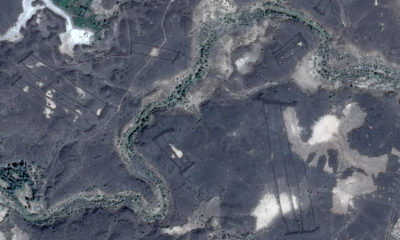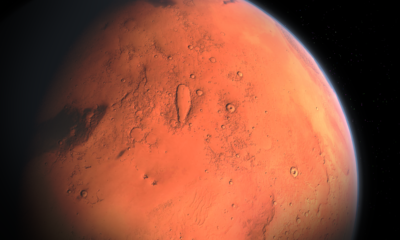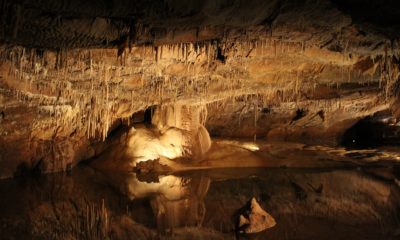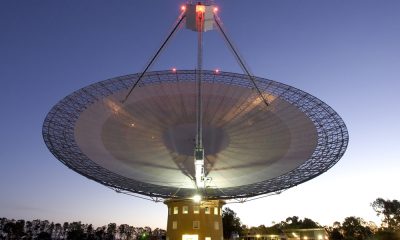NASA’s Curiosity rover, a car-sized exploration rover on Mars, has drilled into the surface of the red planet and collected a sample of soil for the first time in history. The hole, around 0.63 inches (1.6 cm) wide and 2.5 inches (6.4 cm) deep, has been drilled into sedimentary bedrock which is believed to have been covered in water. The place is called Yellowknife Bay, and it is the kind of environment where organic materials might have existed many years ago, when Mars’s temperature and environment used to be closer to that of the Earth’s. The purpose of the activity is to try to improve the knowledge of how Mars used to look like and eventually find out whether life could ever flourish there again.
Despite having tested the procedures exhaustively, no one really knew what would happen in Mars when the drill began working. In the words of Louise Jandura, chief engineer for Curiosity’s sample system: “To get to the point of making this hole in a rock on Mars, we made eight drills and bored more than 1,200 holes in 20 types of rock on Earth.”
The powder collected by the rover will be analysed in it by two different instruments capable of determining what the rocks contain. One of them will analyse the rock’s elements and compounds after it has turned them into gases. The other instrument will analyse those gases to identify what they are and when they might have been deposited there. The compound NASA is specifically looking for is carbon dioxide, which they believe is essential for life. Scientists are also looking for minerals which can only be formed in the presence of water.
For the first time ever, NASA will be looking back in time to discover the mysteries of a world we still have plenty to learn about. However, the results of the tests could take weeks; it seems as if Mars will hold on to its secrets for at least a little while longer.
Sources
NASA
National Geographic
Extreme Tech















Facebook
Twitter
Pinterest
Google+
LinkedIn
Email